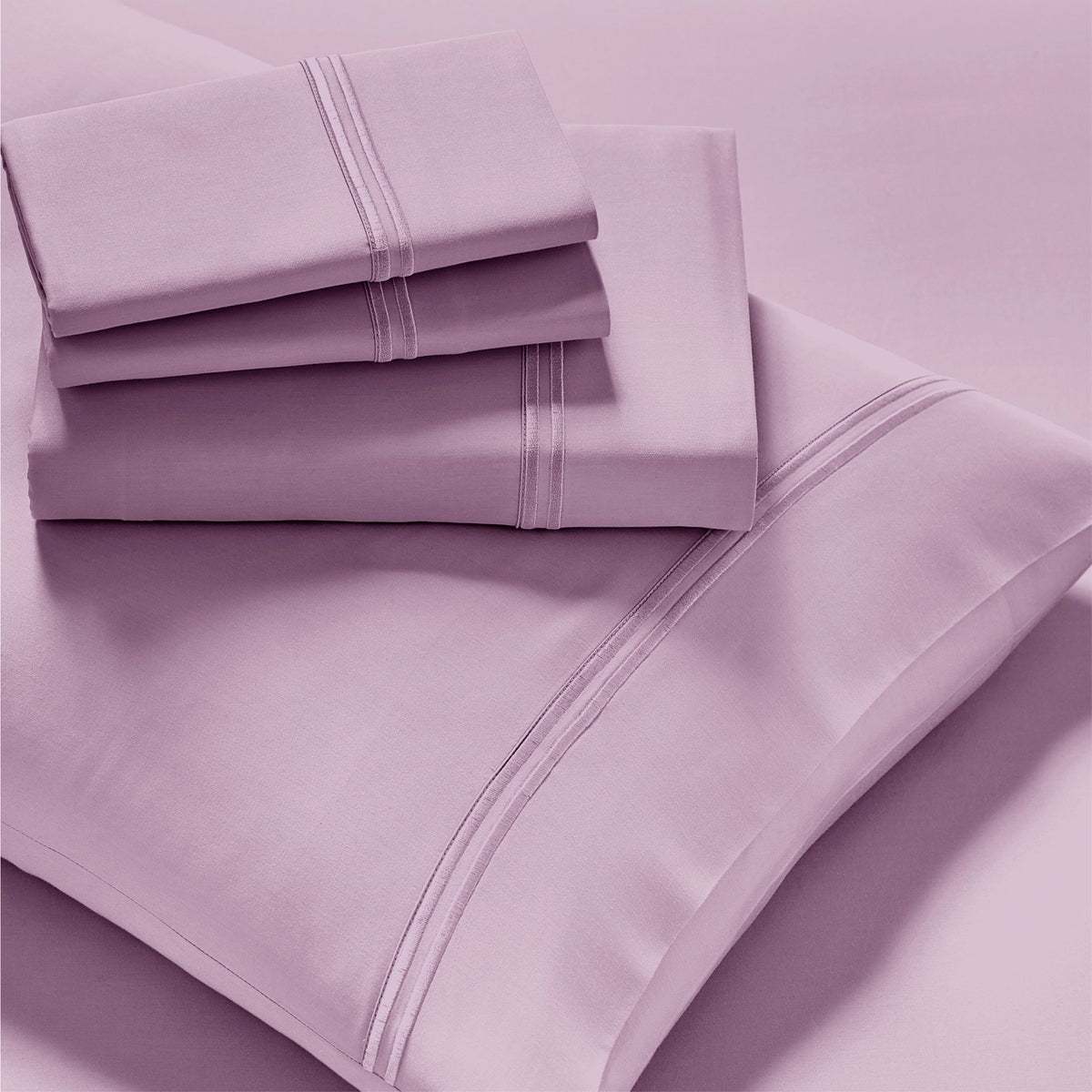The Impact of Texture on Clothing: Unveiling the Hidden Power of Fabric
When it comes to clothing, we often focus on factors like color, style, and fit. However, one crucial element that often goes unnoticed is texture. The texture of a fabric can have a profound effect on how a garment looks, feels, and even performs. In this article, we will delve into the fascinating world of textile textures and explore their impact on clothing.
- Enhancing Visual Appeal:
Texture plays a vital role in enhancing the visual appeal of clothing. Different textures can create unique visual effects, adding depth, dimension, and interest to a garment. For example, a smooth and shiny texture can give a fabric a luxurious and elegant appearance, while a rough and textured surface can create a more casual and rugged look. By carefully selecting textures, designers can evoke specific emotions and convey desired aesthetics. - Tactile Experience:
Beyond visual appeal, texture significantly influences the tactile experience of wearing clothing. The way a fabric feels against the skin can greatly impact comfort and overall satisfaction. Soft and smooth textures, such as silk or cashmere, provide a luxurious and pleasant sensation, while rougher textures, like denim or corduroy, can add a sense of durability and ruggedness. Understanding the desired tactile experience is crucial for creating garments that are not only visually appealing but also comfortable to wear. - Functional Considerations:
Texture also plays a functional role in clothing. Different textures can affect the performance and functionality of garments in various ways. For instance, fabrics with a raised texture, such as fleece or terrycloth, are known for their insulating properties, making them ideal for cold weather apparel. On the other hand, fabrics with a smooth texture, like nylon or polyester, are often used in activewear due to their moisture-wicking and quick-drying capabilities. By considering the intended use of the garment, designers can select textures that enhance its functionality. - Psychological Impact:
Texture has a psychological impact on how we perceive clothing. Certain textures can evoke specific emotions and associations. For example, a soft and fuzzy texture may create a sense of comfort and coziness, while a sleek and shiny texture can evoke feelings of sophistication and elegance. By understanding the psychological impact of textures, designers can create garments that align with the desired emotional response and effectively communicate the intended message.
Conclusion:
Texture is a powerful yet often overlooked aspect of clothing. From enhancing visual appeal to influencing the tactile experience, texture plays a significant role in how we perceive and interact with garments. By carefully considering texture in the design process, designers can create clothing that not only looks great but also feels comfortable and performs well. So, the next time you choose an outfit, remember the hidden power of texture and its impact on your clothing experience.

Post Comment